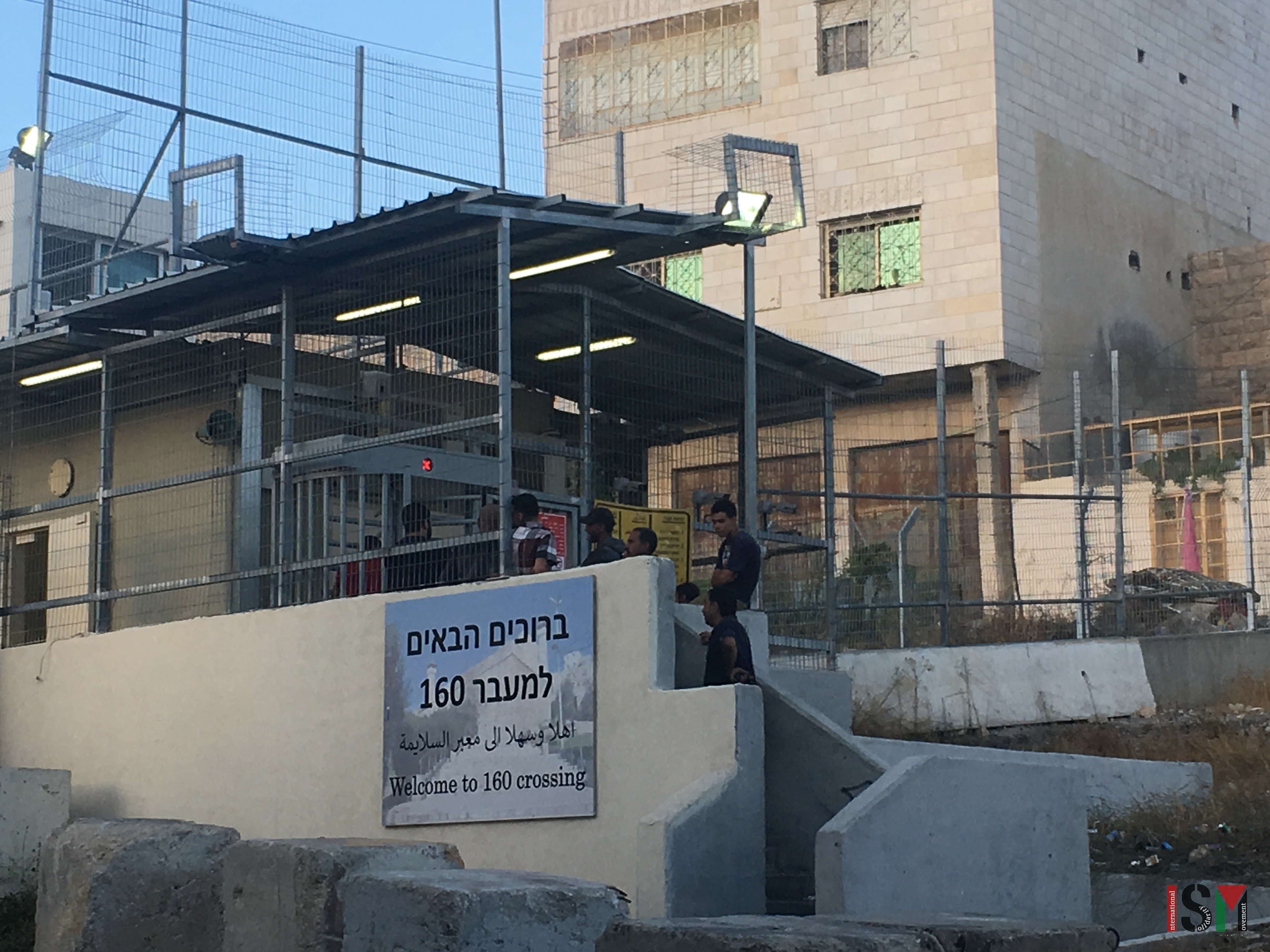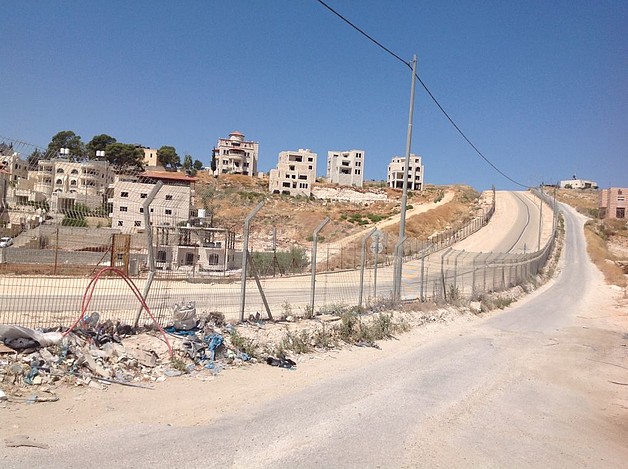Tag: OCHA
-
Waiting at a checkpoint
An ISM activist writes about her experiences volunteering in Hebron (Al Khalil) during Netanyahu’s visit to the city.
-
Mondoweiss: Israel is planning on demolishing dozens of East Jerusalem homes under PA control
July 18 | Yumna Patel | Mondoweiss In less than 24 hours, 42-year-old Ismail Obeidiya, his wife Nida, and their six kids, could be made homeless. It’s a terrifying reality that Obeidiya is struggling to grapple with, his unease and frustration more palpable with every word. “We fought so long and so hard, for years,…
-
PRESS RELEASE: SUSIYA – New Standards for US Foreign Policy on Israel?
22nd July, 2015 | Popular Struggle Coordination Committee | Ramallah, Occupied Palestine New Standards for US Foreign Policy on Israel? U.S. State Department Urges Israel to refrain from demolishing Palestinian village, Susiya in the West Bank. Fears a deterioration in standard of policy of indigenous displacement. In a US State Department press briefing, last week,…



